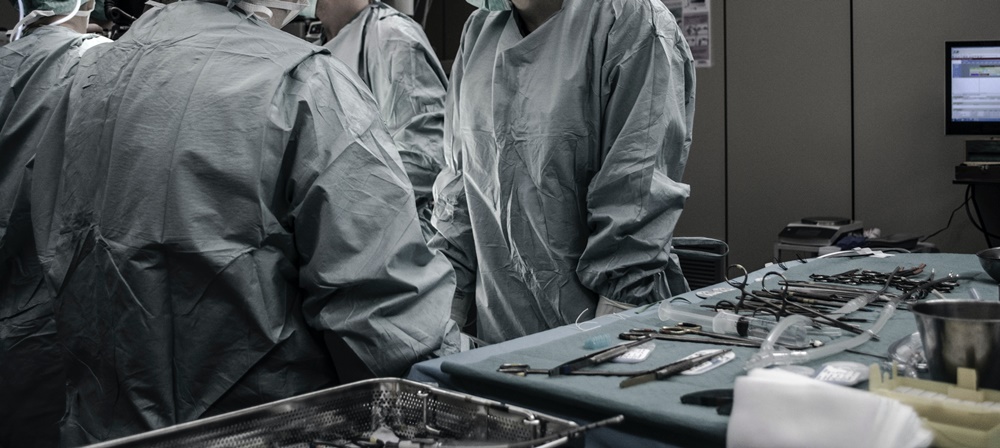Removal of pancreas – when is it needed?
The pancreas is a small solid organ located in the abdomen. A normal pancreas weighs about 80 grams. It has twin functions, exocrine or digestive function and endocrine function related to the release of hormones in blood circulation. Its digestive functions are due to the secretion of enzymes into the intestine which helps in the digestion of carbohydrates, fats, and proteins. The hormonal action is due to the release of insulin and glucagon which control blood glucose levels and maintain body metabolism.
Normal structure of the pancreas
The pancreas is divided into head, neck, body, and tail. The duct runs along its length and drains into the second part of the duodenum. At the terminal part of the pancreatic duct, the bile duct which carries bile from the gall bladder joins the pancreatic duct. So, obstruction of one duct in this region affects the other duct also.
When is the pancreas removed?
In some conditions, the removal of the pancreas may become essential and life-saving. These include:
Intractable pain due to chronic inflammation of the pancreas: Chronic inflammation of the pancreas is usually caused by long-term alcohol intake. The episodes of inflammation are followed by healing which results in fibrosis. This fibrosis causes obstruction of the pancreatic duct which results in blockage of pancreatic secretions. This causes severe pain which is managed with pain killers. When this pain becomes persistent and is not relieved with painkillers, these patients may require surgery.
Necrosis of the pancreas due to severe inflammation: Severe inflammation of the pancreas may result in the death of a part or whole of the pancreas. This dead or necrotic pancreas may become infected and a source of sepsis. This may require emergency surgery for the removal of the septic focus.
Trauma to the pancreas: A blunt or penetrating trauma to the abdomen may result in injury to the pancreas. This may also occur in gun-shot injuries. Depending on the part of the pancreas injured, surgery is required as a life-saving procedure.
Tumours of the pancreas (benign or cancerous): Many types of benign and malignant or cancerous tumours may involve the pancreas. The tumours involving the head are also associated with jaundice. Removal of these tumours becomes essential to treat jaundice or remove a focus of cancer.
Insulin secreting or endocrine tumour of the pancreas: Insulinoma or the insulin-secreting tumour produces an excessive amount of insulin which reduces the blood sugar. This can be treated by surgical removal.
Types of surgery
Broadly speaking, there are three types of pancreatic surgery.
Distal pancreatectomy: In this surgery, the body and tail of the pancreas are removed. The head of the pancreas remains intact and continues to perform digestive and endocrine functions.
Whipple’s operation: In case of disease involving the head of the pancreas, with normal body and tail, removal of the pancreatic head along with duodenum is done. This is technically called pancreaticoduodenectomy. In this surgery, the duodenum is also removed along with the head of the pancreas because they have a common blood supply. The gall bladder and the bile duct are also removed as they have a common channel with the pancreatic duct.
Total pancreatectomy: In this surgery, the pancreas is resected completely. This is done for endocrine tumours or insulinoma which secretes insulin in excessive amounts. As a result of this, blood sugar levels remain low. This surgery is also done in patients with chronic pancreatitis with uncontrolled pain which affects the daily life of the patient. This may be combined with islet cell transplantation as these cells are an important source of insulin. When islet cell transplantation is not done, there is no source of insulin left in the body. So these patients may develop diabetes which is very difficult to control with insulin injections, due to wide fluctuation in blood sugar levels. This is called brittle diabetes. After surgery, lifelong insulin injections are required.
The pancreas is a vital organ which is may be affected by a variety of benign or malignant conditions. Imaging by CT scanning or MRI is required for localization. Endoscopy may help in the diagnosis of disease affecting the head of the pancreas. Depending on the type of condition, a variety of surgical options may be utilized for treatment.




























